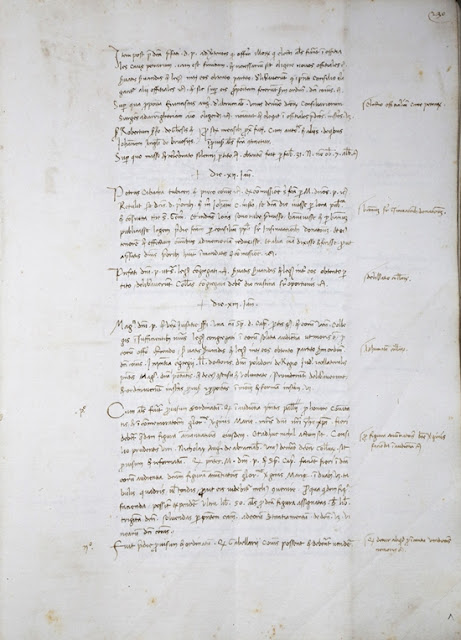The tradition of the Nativity scenes in Italy begins in the Middle Ages and St. Francis personally executed one in Greccio, a village in north of Rome.
In Naples, the people are very fond of this tradition, and there is also a road where they sell the parts people need.
In Naples there is also an interesting museum at the Certosa di San Martino.
°°
In Rome, the tradition is a bit 'different but we say some.
In the ancient church of SS.Cosma and Damiano, not far from the Forum, you can see, almost all year, a beautiful nativity eighteenth-century, Neapolitan style.
The Nativity Scene in SS.Cosma Damiano (photo by Luciano B)
enlargeable pictures
Other interesting nativity scenes are usually set up in many Roman churches and always has a quite successful one proposed in Santa Maria in Aracoeli.
°°
On the subject of the Nativity we mention however two important works: the frescoes by Pinturicchio in the church of Santa Maria del Popolo and the nativity scene sculpted by Arnolfo di Cambio in 1291, now visible in the museum of Santa Maria Maggiore.
fresco by Pinturicchio
Detail of the Nativity sculpted by Arnolfo di Cambio (photo ap)
see the full scene in wikipedia
Many inhabitants of Rome still make the Nativity scene at home and sometimes they build them with pieces of plastic.
There are also very modern representations.
composition of 2011 in Piazza Venezia (photo ap)
°°
Finally, almost every year at Christmas time, is an exhibition near the church of Santa Maria del Popolo.
show cribs 2015-2016














































